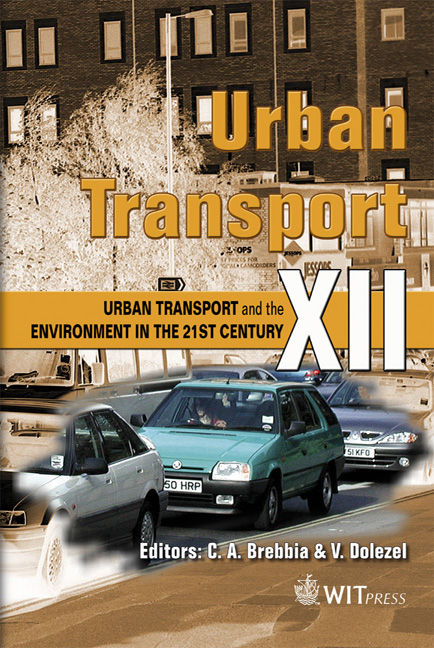Twin Cities Truck Traffic Management Strategies
Price
Free (open access)
Transaction
Volume
89
Pages
10
Published
2006
Size
767 kb
Paper DOI
10.2495/UT060171
Copyright
WIT Press
Author(s)
T. H. Maze1 & R. Gale
Abstract
Heavy commercial vehicles have significantly different vehicle performance characteristics than light vehicles, and generally have different trip patterns (both spatially and temporally). As a result, the special needs of heavy commercials are not always met by standard roadway and facility designs, traveller information, and roadway operating/management process. The purpose of the research described in this paper was to investigate the traffic management strategies that could be applied in the Twin Cities metropolitan area of Minneapolis/St, Paul, MN, to improve truck traffic transportation within the area, and to develop implementation plans for applying the strategies. All the strategies recommended are relatively low cost, represent marginal improvements, can be feasibly accomplished within a few years, and require no special financial appropriation. The investigators were surprised that the most promising strategies involved only low-cost or no-cost policy change as opposed to high capital costs infrastructure or design improvements. Keywords: truck traffic, traffic management, urban freight, truck facility improvements, Minneapolis/St. Paul, traffic congestion management. 1 Introduction All USA major metropolitan areas have a planning process to identify and plan transportation systems improvements over time. Generally, it is assumed that those improvements that enhance transportation mobility (congestion relief and accessibility improvement) and enhance safety, will positively impact all
Keywords
truck traffic, traffic management, urban freight, truck facility improvements, Minneapolis/St. Paul, traffic congestion management.





